
A complete guide to nuts and everything related to them
Nuts are a favorite snack for everyone, gaining popularity as a light and healthy option not associated with weight gain. Known for their rich nutritional content, nuts can temporarily satisfy hunger, leaving individuals feeling full after consuming just a small amount. This explains why people often gather around small dishes of nuts at social gatherings, enjoying them while watching TV or engaging in lengthy conversations.
This article will focus on discussing everything related to nuts, their various types, to serve as a comprehensive reference for these beloved snacks enjoyed by all.
History of Nuts
Numerous studies have been conducted to trace the origins of nuts. Researchers have found evidence suggesting that nuts have been a crucial component of the human diet for thousands of years.
Seven different types of nuts were discovered buried alongside stone tools designed to crack them open. These nuts included water chestnuts, water lilies, wild almonds, two types of pistachios, and walnuts. They were widespread in the Middle East and closely resembled the types found in present-day Northern Europe and the Far East.
Types of Nuts
Almonds
Historians believe almonds were among the first cultivated foods. They were discovered by archaeologists at excavation sites in Greece and Cyprus. Marzipan, a sweet paste made from almonds, was brought from Palestine by the Crusaders in the 11th century and remains popular to this day.
Brazil Nuts
Brazil nuts thrive in the Amazon basin. This large nut contains about 15 to 30 seeds in a pod, weighing between 4 to 6 pounds. When they fall, they can hit the ground with enough force to be deadly. People gather to crack open these nuts with machetes, and the outer husk is used as fertilizer. The history of Brazil nuts dates back to 1569 when a Spanish colonial officer fed them to his troops. Dutch traders introduced Brazil nuts to Europeans in the late 17th century.
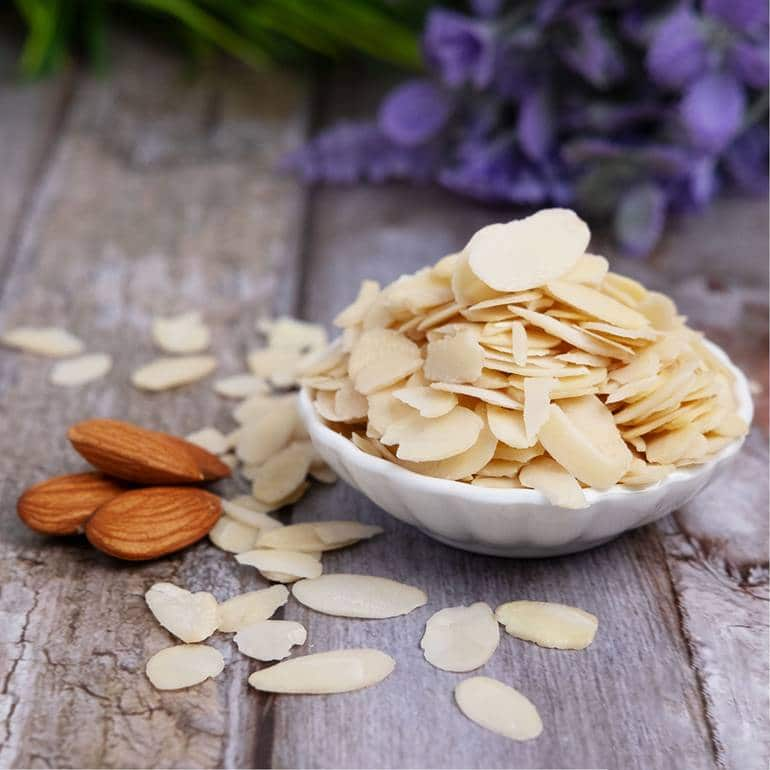
Cashews
While originating in Brazil, cashew cultivation began in India and Africa in the 16th century when Spanish traders brought them to the Philippines. Cashews contain oil between their inner and outer shells, requiring the outer shell to be burned or roasted, then roasted or boiled to remove the inner shell.
Hazelnuts
Hazelnuts have been around for a long time, as evidenced by a manuscript found in China, known as Spanish Hazelnuts, which lists hazelnuts as one of the top five foods. Hazelnuts were introduced to America in 1629 through seed shipments.
Macadamia Nuts
Initially associated with Hawaii, macadamias originate from the rainforests of Queensland, Australia. They were later transported to Hawaii in the late 19th century and are now one of the world's largest suppliers of macadamia nuts.
Pistachios: Pistachio cultivation dates back to 3500 BC. It has been cultivated for centuries in Ain Al-Tina, evidenced by the presence of ancient trees in the village of Ain Al-Tina in the Qalamoun region of rural Damascus province. Some of these trees are estimated to be around 1800 years old and still bear fruit, with one having a trunk circumference of about 11 meters.
Pecans
Archaeologists found pecan remains in Texas during archaeological excavations, along with artifacts dating back to 6100 BC. Pecans originally hail from North America and were a staple in the diets of settlers and indigenous peoples, often found near river bottoms.
Peanuts
Peanuts originated in South America and are a member of the legume family, not nuts. Portuguese and Spanish slave traders introduced peanuts to Europe and Africa, then later to the United States. While initially considered an affordable food, they became popular in the 20th century. Today, roasted or salted peanuts and peanut butter are very popular.
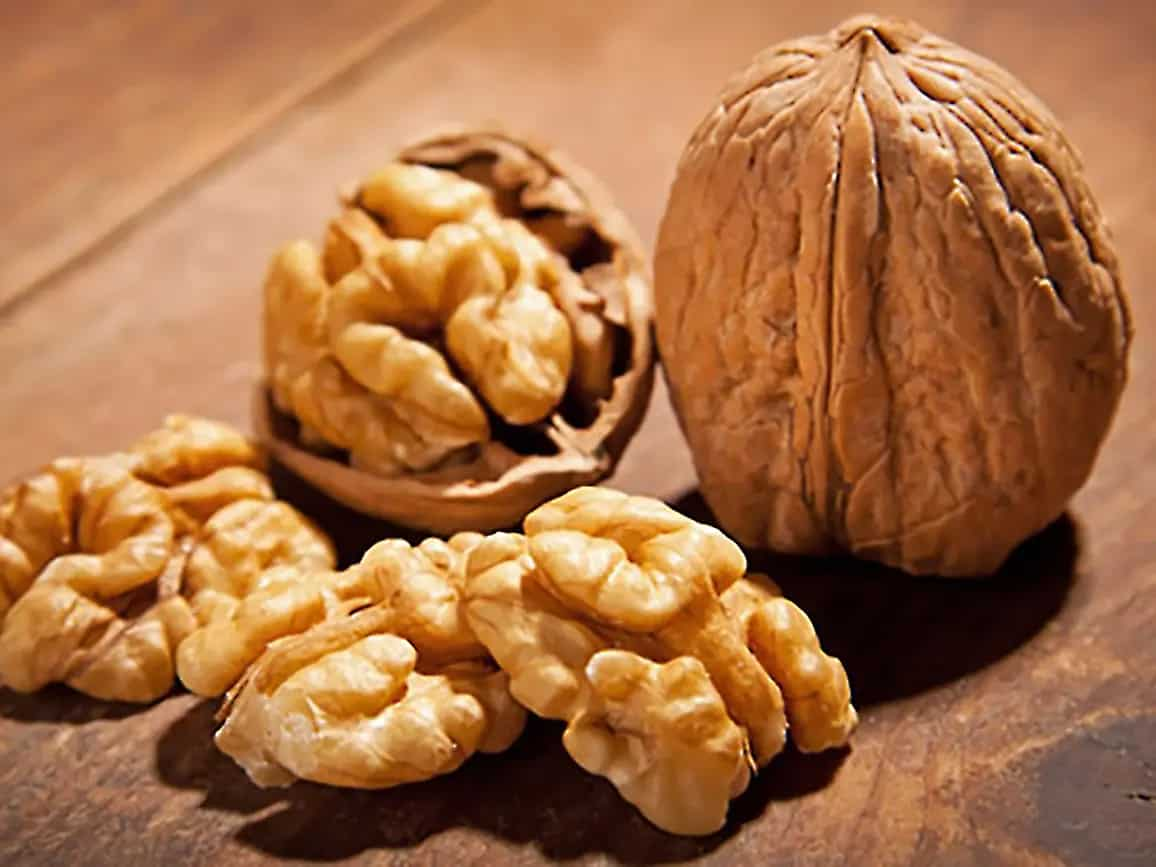
Why Are They Called Nuts?
The term "nuts" is a fitting and concise Arabic term, believed to refer to the fact that nuts and others are surrounded by shells that must be cracked before being served and consumed. They are also crunchy when eaten, not soft like bread and fruit, hence the designation.
What Are the Benefits of Nuts?
- Nuts play a crucial role in reducing the risk of heart disease, reducing the incidence rate by over half for regular consumers. Adding walnuts or peanuts to the diet reduces harmful cholesterol and total cholesterol levels within a month for those who consume them daily in moderate amounts.
- Almond fats contain a high percentage of vital vitamins such as vitamin D and vitamin E, which act as antioxidants, reducing oxidative stress on cellular components.
- Antioxidants are associated with cancer prevention by eliminating harmful oxidizing agents and inhibiting the activity of certain cancer cells. Consuming about 50 grams of almonds daily contributes to human protection.
- The primary reason for the reduced incidence of heart disease among peanut consumers is the presence of vitamin E.
- Nuts, such as cashews and hazelnuts, contain a large amount of dietary fiber associated with reducing
- Adding nuts to the diet of children and pregnant women is beneficial for mitigating various health issues. Walnuts help improve male fertility, enhance sperm quality, motility, and vitality. Additionally, nuts, especially walnuts, contain melatonin, which aids in better sleep by regulating the body's natural sleep-wake cycle.
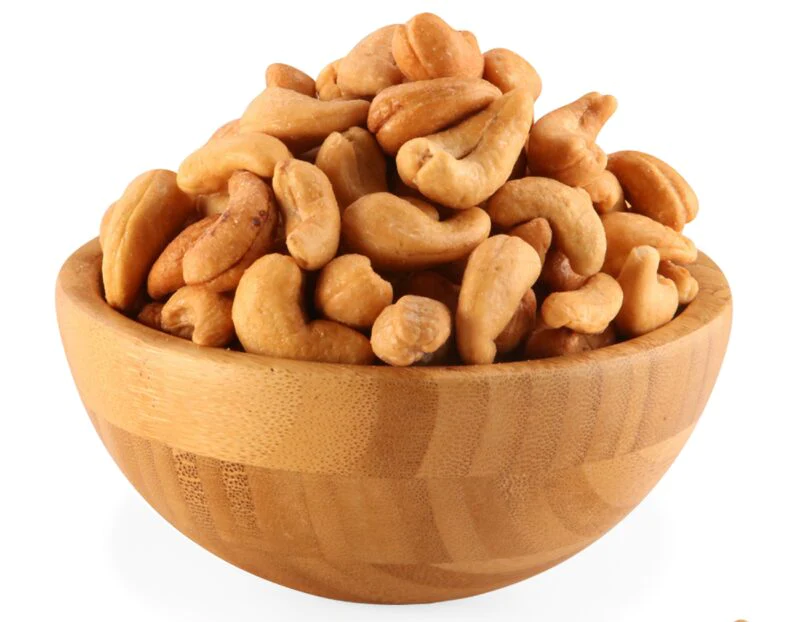
Benefits of Nuts for Sex
A study conducted on 83 men aged 18 to 35 had them consume 60 grams of nuts daily. After 14 weeks, it was found that consuming nuts was beneficial in improving orgasm and increasing sexual desire.
Which Nuts Can Help Delay Ejaculation?
Almonds provide health benefits due to their selenium content, which helps treat infertility, and their high magnesium content, which improves metabolic syndrome and type 2 diabetes, while also promoting relaxation and stress relief, serving as a natural remedy for delaying ejaculation in men.
How to Choose the Best Nuts
To obtain the nutritional benefits of nuts in a healthy and safe way, ensure that they are:
- Raw: In their natural state, without cooking. If roasted, it's good to roast them with healthy, unrefined oils like avocado oil, and not for too long to prevent fat oxidation.
- Organic: Free from pesticides, chemicals, synthetic fertilizers, and contaminants.
- Non-GMO.
- Free from flavors, dyes, and preservatives.
- Soaking some nuts like almonds and hazelnuts in water is preferable, while for other types like pumpkin seeds, sprouting them enhances their nutritional value.
Nutritional Values of Major Types of Nuts
Nuts, especially low-carb varieties, are a rich source of beneficial fats, minerals, and nutrients. For example, walnuts contain a high amount of omega-3 fatty acids, particularly alpha-linolenic acid, which is essential for normal growth.
They also provide four grams of protein, two grams of fiber, and a significant amount of magnesium, important for nerve function and blood sugar control. Walnuts have received the American Heart Association's Heart-Check mark, indicating their value in improving overall dietary quality.
Almonds are rich in calcium, magnesium, and vitamin E, while cashews provide iron, magnesium, and copper. Hazelnuts are rich in vitamins C and B, as well as calcium and magnesium. On the other hand, peanuts are an excellent source of protein, fiber, healthy fats, and arginine, an essential amino acid for circulation and heart health. Studies also indicate that peanuts contain resveratrol, which has anti-aging and longevity benefits.
Hazards of Excessive Nut Consumption
- Avoid consuming large amounts of nuts due to their high fat content, which can lead to increased calorie intake and consequently obesity and weight gain.
- It is advisable to limit consumption to 50 grams daily. Research indicates an increase in peanut allergies among children, with cases doubling in the past five years.
- Nuts are also prone to mold contamination under improper storage conditions, posing a health risk.
- Individuals with certain health conditions, such as gastrointestinal disorders, marrow failure, chronic kidney failure, or predisposition to kidney stones, should exercise caution when consuming nuts.
- Excessive nut consumption can cause discomfort and potential weight gain, as well as allergic reactions or digestive problems due to their high fat content.
- Adding nuts to the diet of children and pregnant women is beneficial for mitigating various health issues. Walnuts help improve male fertility, enhance sperm quality, motility, and vitality. Additionally, nuts, especially walnuts, contain melatonin, which aids in better sleep by regulating the body's natural sleep-wake cycle.
Major Types of Nuts for Weight Loss
Incorporating eight different types of nuts into your diet can help with weight loss and fat burning. Some nuts that can aid in weight loss include walnuts, almonds, pistachios, peanuts, pecans, cashews, and hazelnuts.
Best Times to Eat Nuts
Nutrition experts recommend consuming nuts with yogurt and fresh fruits for breakfast or as a snack to replenish the body's energy in the afternoon.
Do Nuts Have an Expiry Date?
Most nuts are relatively stable due to their low moisture content and high-fat content. However, they can spoil if stored for too long. While eating rancid nuts may not make you sick, they will not taste good, so it's best to dispose of them.
To extend the shelf life of nuts, some people freeze them to maintain their freshness, while others roast them in the oven to revive their flavor.
To keep nuts fresh for longer periods, it is advisable to store them in sealed bags or containers to control moisture levels. It is recommended to divide large bags into smaller portions for storage, as nuts oxidize quickly once the bag is opened.
Signs of Nuts Going Bad
Several signs indicate that nuts have begun to spoil or have expired, such as holes in the bags indicating the presence of pests, the presence of insects, moldy green spots, a different foul odor, moisture, and changes in taste.
In the end, the world of nuts shows us that health and pleasure can come in a small but rich meal. Let's enjoy eating nuts as part of a healthy and delicious lifestyle, and let's enjoy the benefits of these delicious foods that enrich our lives with their nutritional components and wonderful taste.
Written by nutrition expert Muhammed Abu Sami
Sources: Wikipedia, Cairo, elconsolto

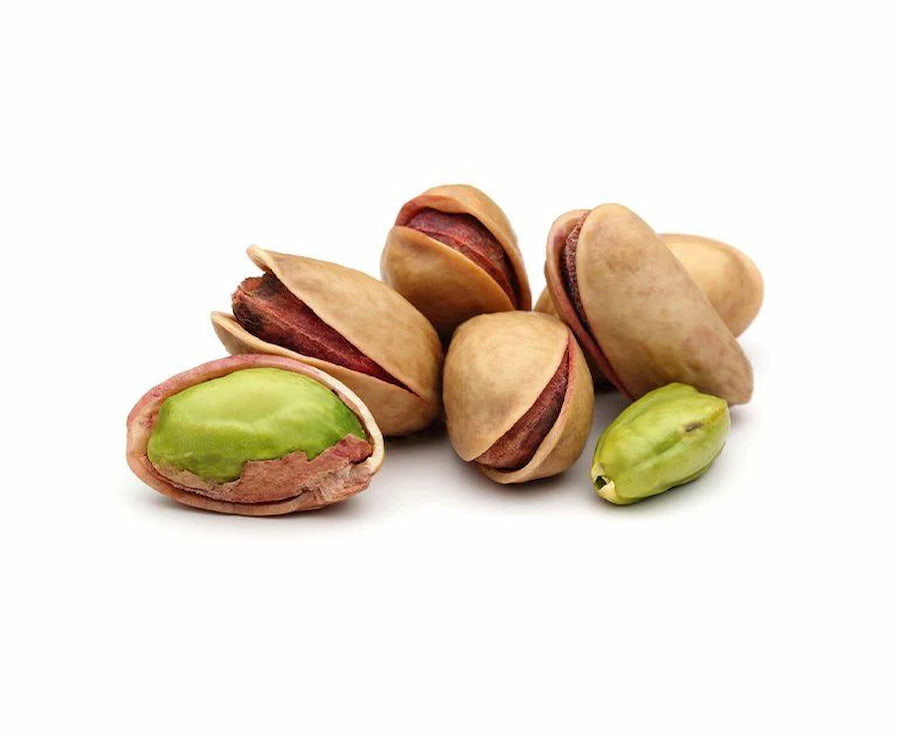
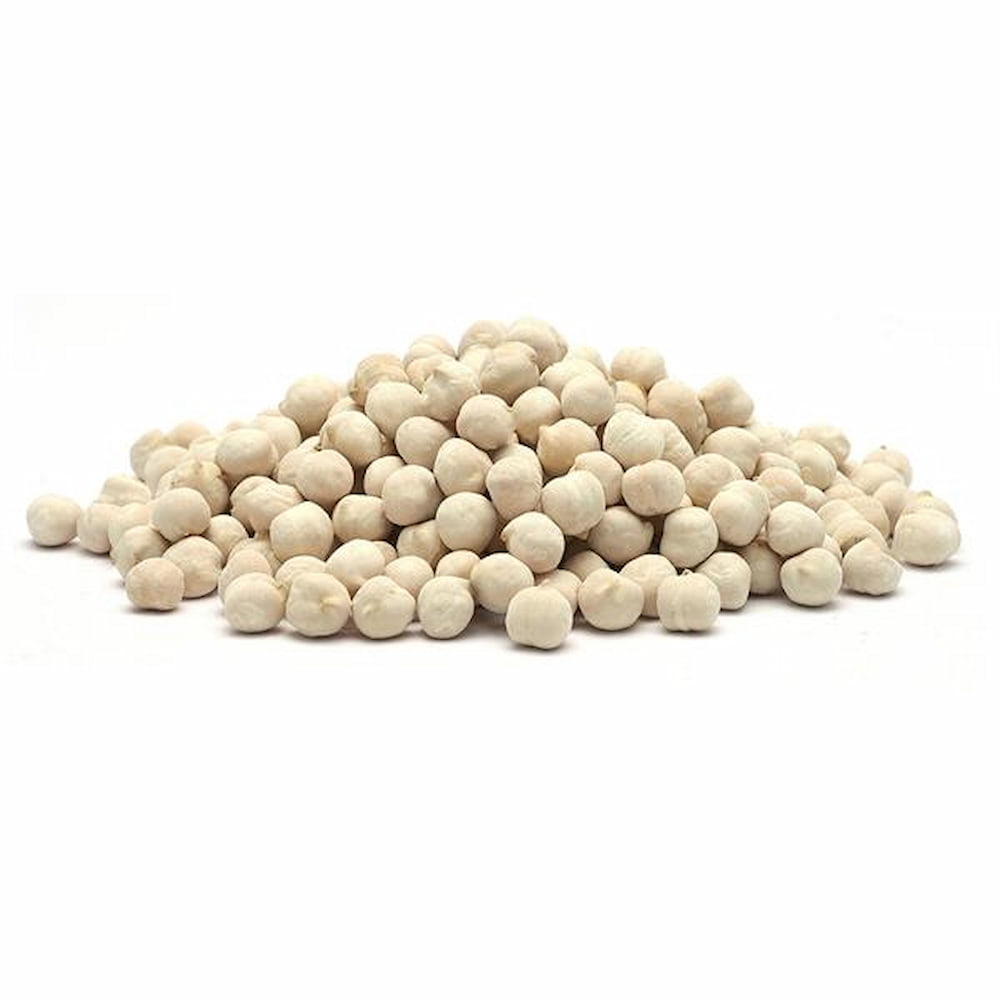
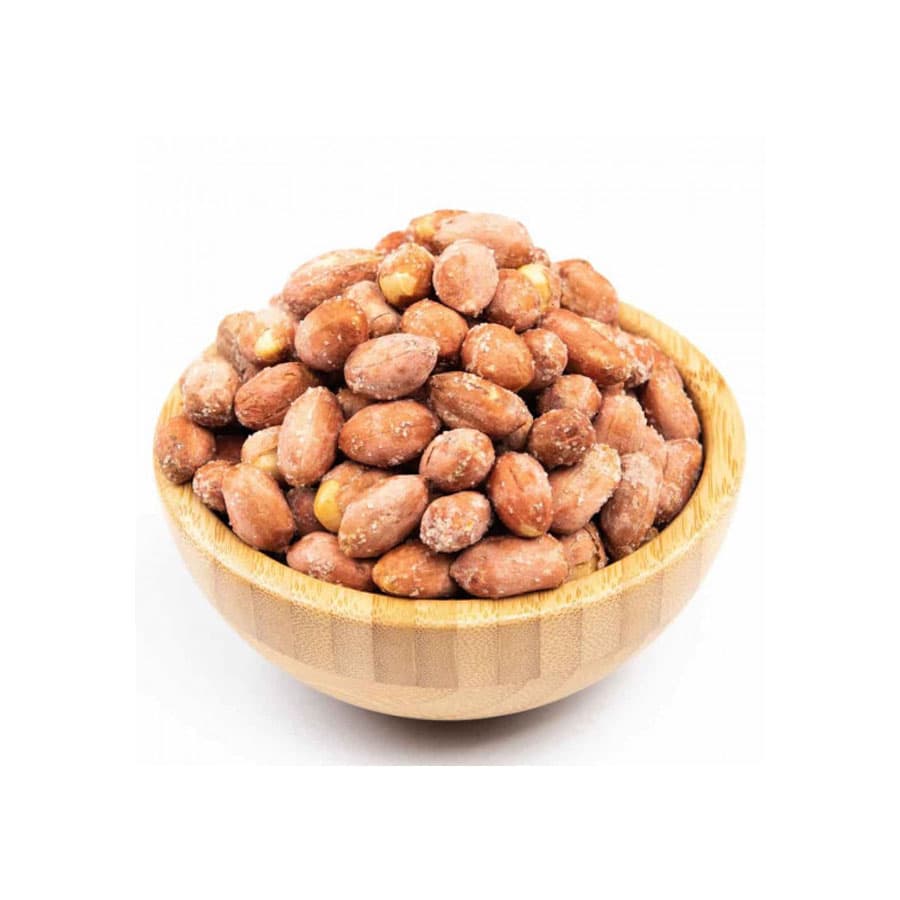
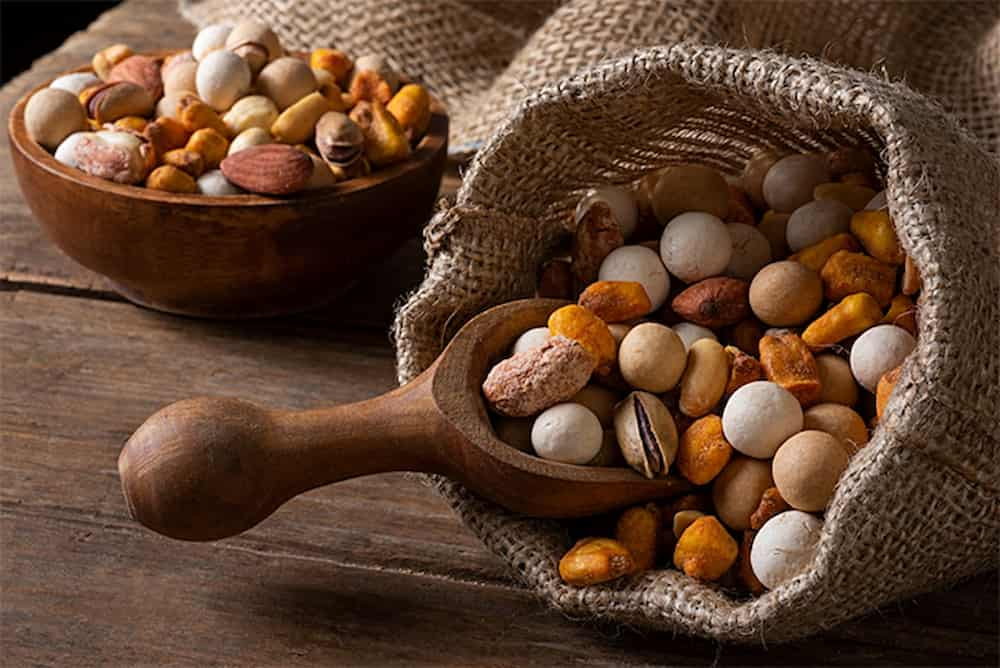
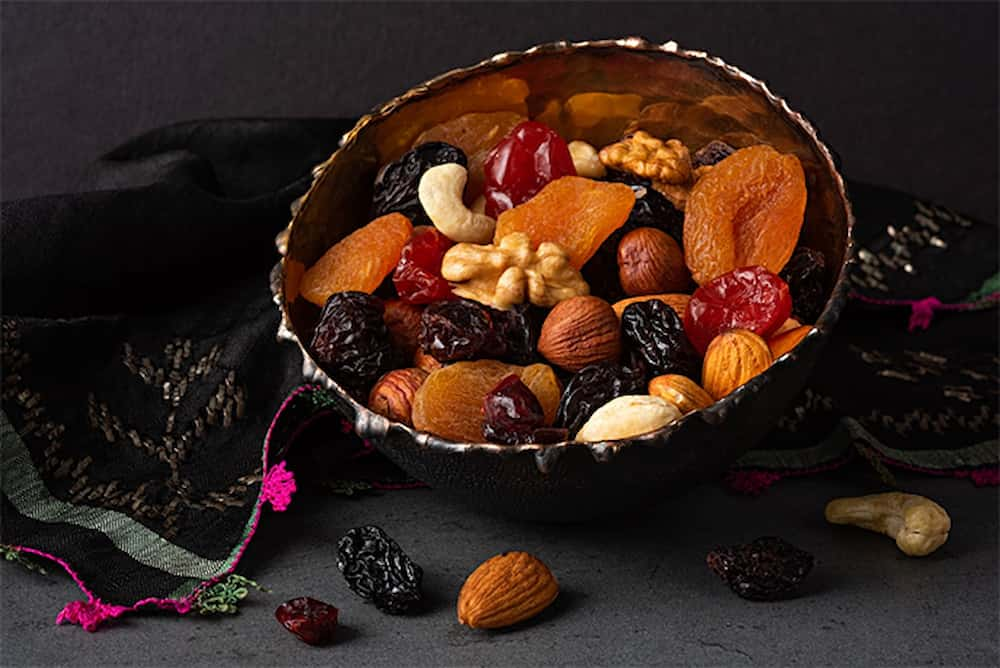
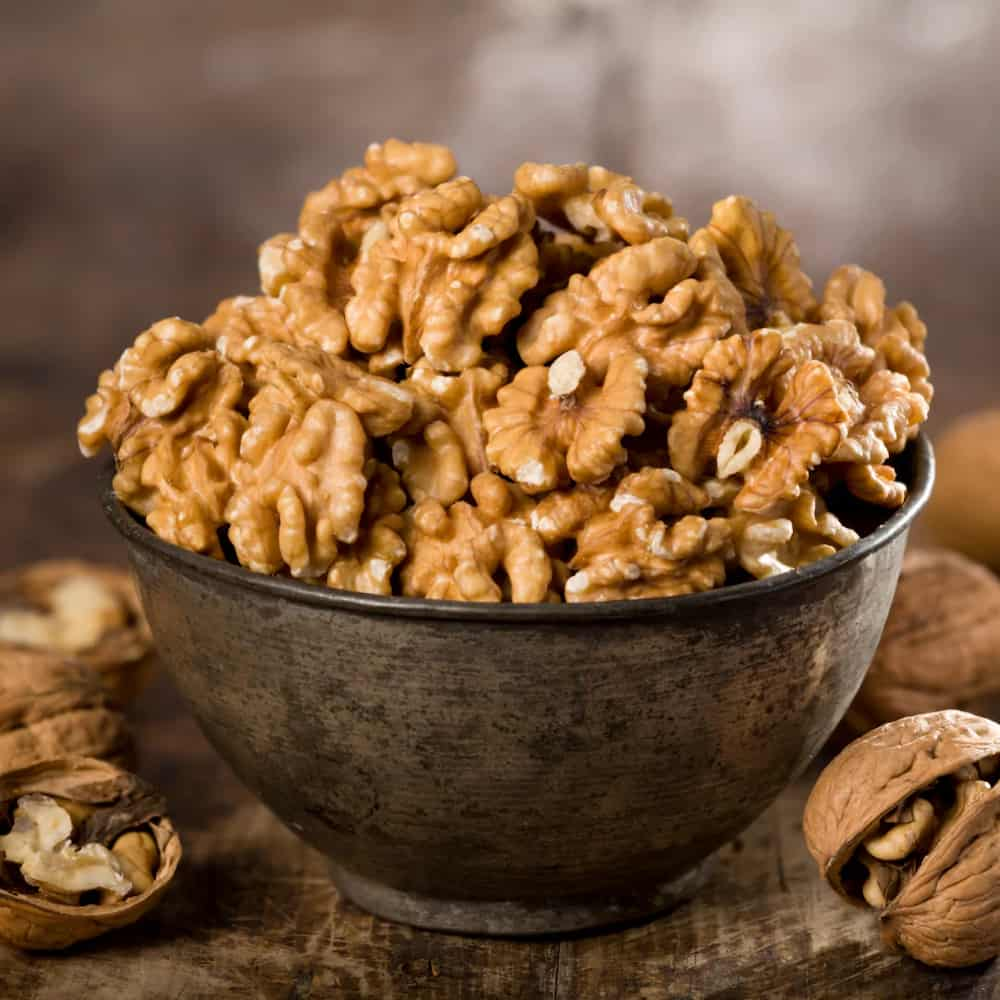
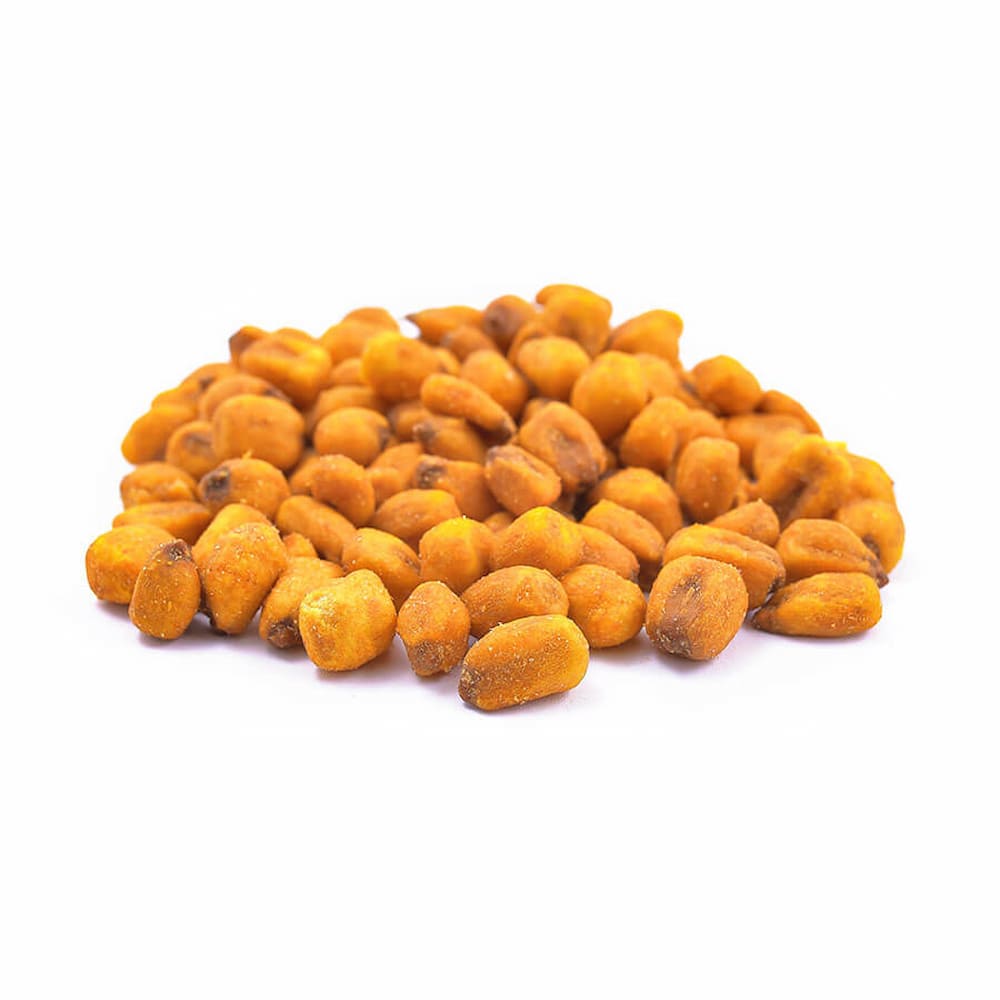
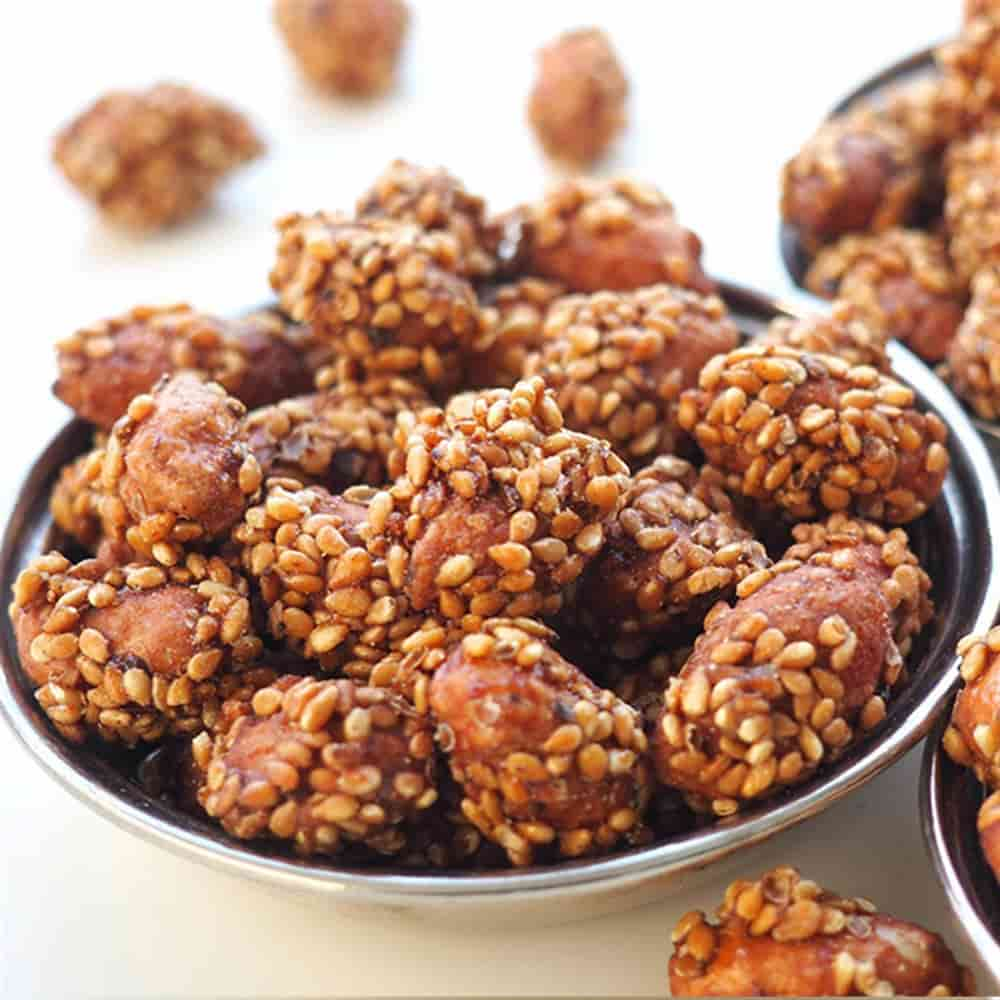
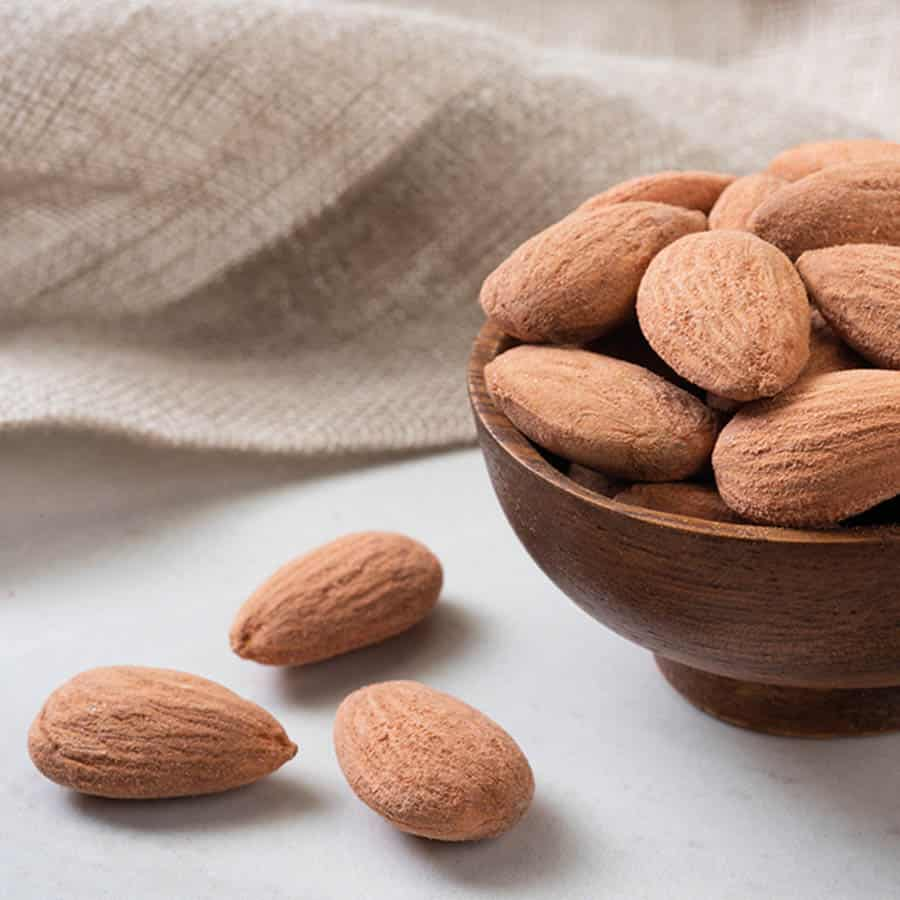
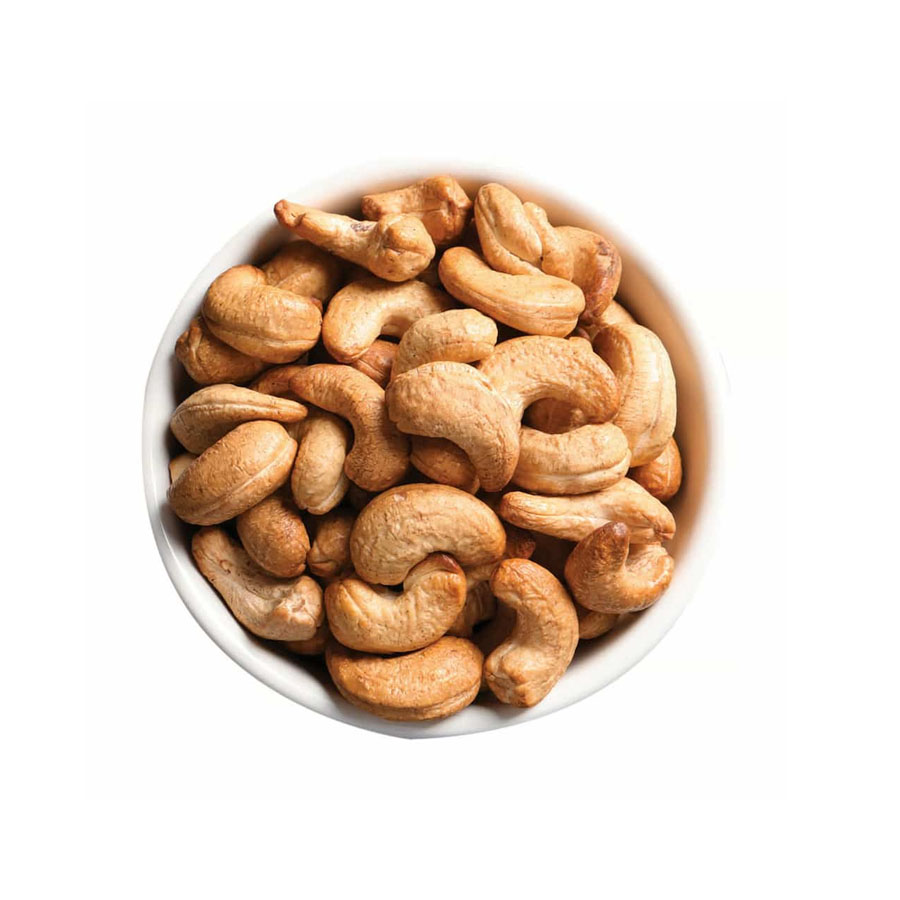
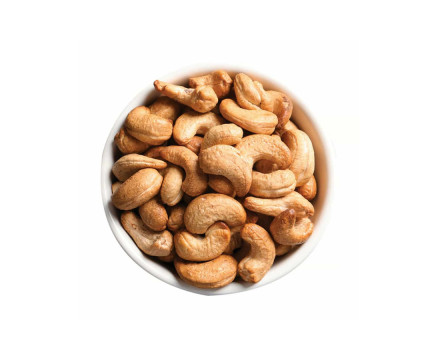
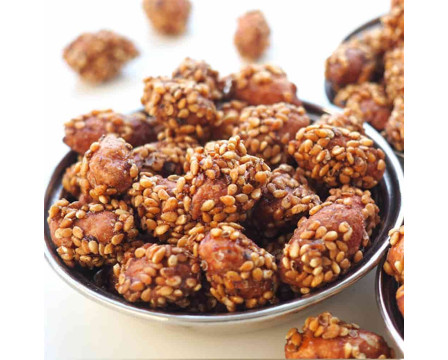
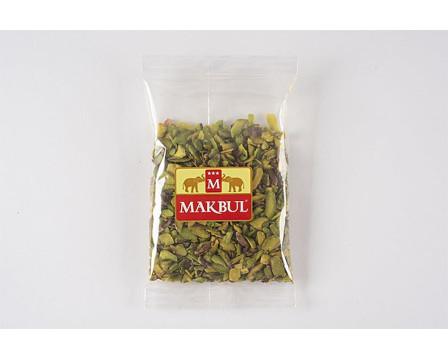
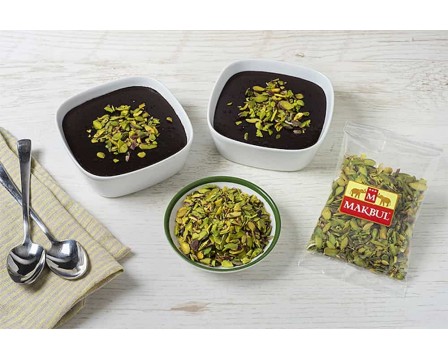
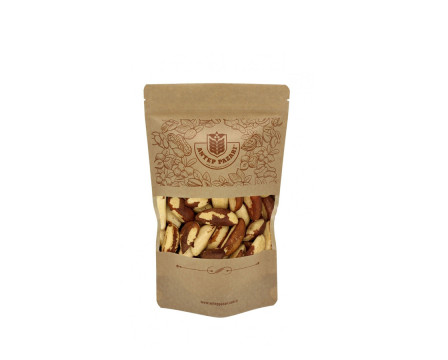

Leave a Comment